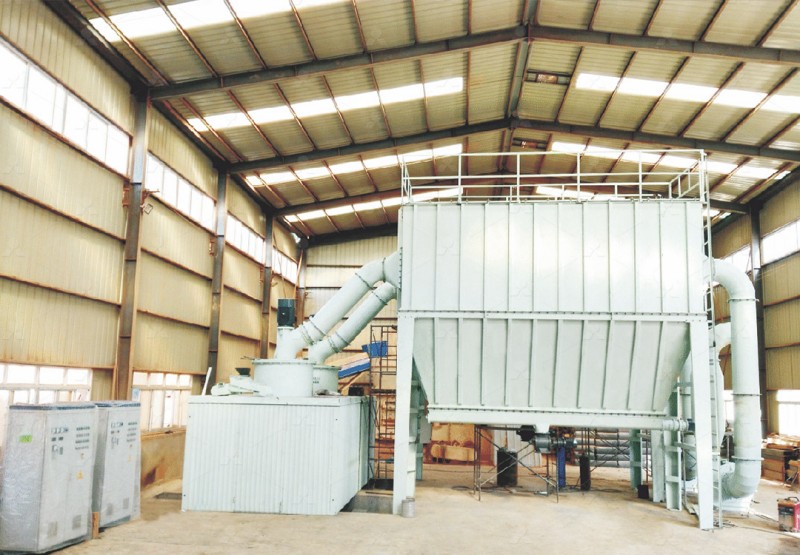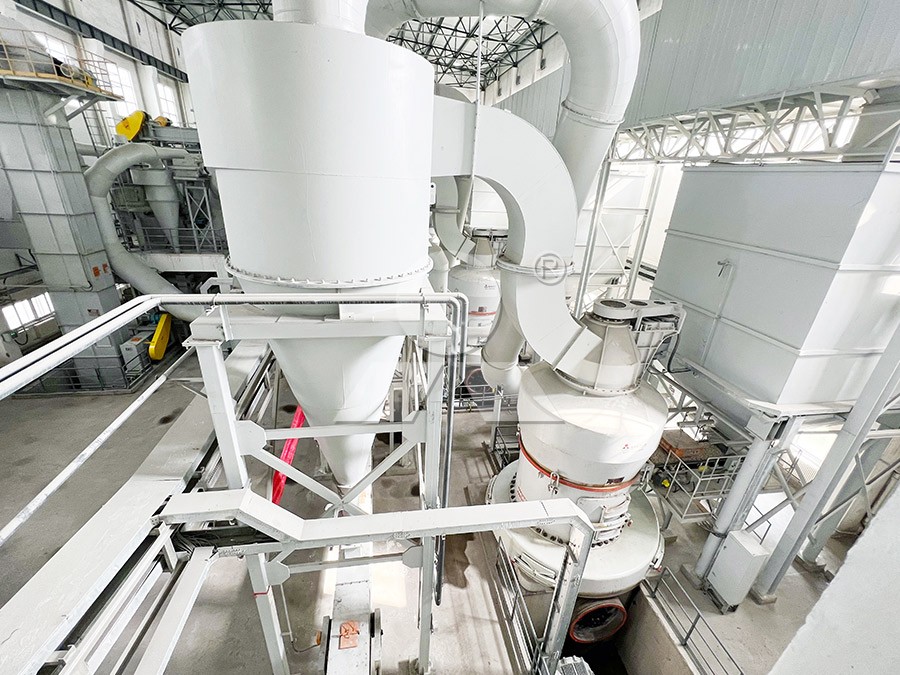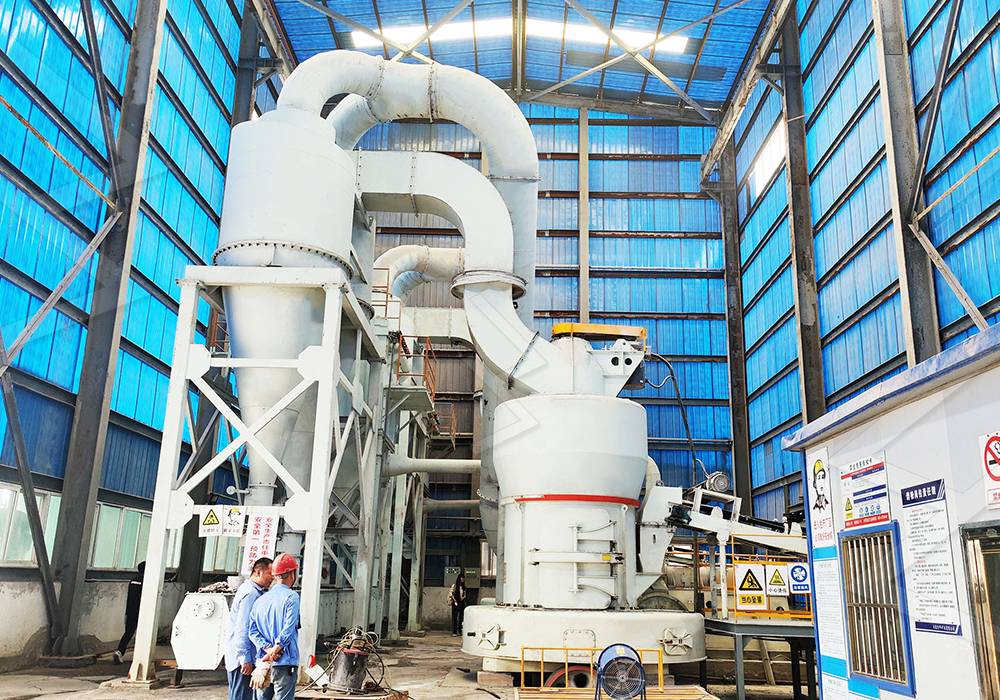Quartz Sand Grinding Mill Production Line Price Guide
Understanding Quartz Sand Grinding Mill Production Line Costs
Investing in a quartz sand grinding production line requires careful consideration of multiple factors beyond just the initial equipment price. The total cost encompasses equipment selection, production capacity, energy consumption, maintenance requirements, and operational efficiency. As industry professionals know, the right grinding solution can significantly impact your bottom line through reduced operating costs and higher quality output.

When evaluating quartz sand grinding solutions, our technical team often recommends the MW Ultrafine Grinding Mill for operations requiring superior fineness control. This advanced mill processes materials with input sizes up to 20 mm and delivers throughput ranging from 0.5 to 25 tons per hour. What makes this equipment particularly valuable for quartz processing is its ability to produce powders between 325-2500 meshes with exceptional precision. The integrated German cage-type powder selector technology ensures consistent particle size distribution, while the absence of rolling bearings in the grinding chamber eliminates common failure points that often plague conventional mills.
Key Cost Factors in Grinding Mill Selection
The price of a complete quartz sand grinding production line varies significantly based on several critical factors. Production capacity requirements represent the most obvious cost driver – systems designed for 5 tph naturally carry different price tags than those rated for 25 tph. However, experienced plant managers understand that operational expenses often outweigh initial investment over the equipment’s lifespan.
Energy consumption constitutes a major portion of operating costs. Modern grinding technology has made substantial advances in this area. For instance, the MW Ultrafine Grinding Mill consumes approximately 30% less energy compared to jet mills while delivering 40% higher production capacity. This efficiency translates to substantial savings in electricity costs, particularly for operations running multiple shifts.

Environmental Compliance and Operational Costs
Modern manufacturing operations must account for environmental regulations and sustainability goals. Dust collection systems and noise reduction features, once considered optional, have become essential components. The MW Ultrafine Grinding Mill addresses these concerns with its integrated pulse dust collector and muffler system, ensuring compliance without additional investments in auxiliary equipment.
Maintenance costs represent another significant consideration. Equipment with complex internal mechanisms often requires frequent downtime for bearing replacements or screw tightening. The innovative design of our recommended mills eliminates these concerns through external lubrication systems and simplified grinding chambers. This design philosophy reduces both maintenance frequency and associated labor costs.
Long-Term Value Beyond Initial Price
Savvy investors look beyond the initial quotation to consider total cost of ownership. Digital manufacturing processes ensure higher precision in core components, leading to extended service life and consistent performance. The availability of genuine spare parts and comprehensive technical support further protects your investment against unexpected downtime.

For operations requiring different specifications, the LUM Ultrafine Vertical Grinding Mill presents another excellent option. With its input size capacity of 0-10 mm and throughput of 5-18 tph, this mill incorporates the latest Taiwanese grinding roller technology and German powder separation systems. The reversible structure design simplifies maintenance procedures, while multi-head powder separating technology enables precise control over final product characteristics.
Making the Right Investment Decision
Selecting the appropriate quartz sand grinding solution requires balancing technical requirements with budgetary constraints. While traditional ball mills may appear cost-effective initially, their higher energy consumption and maintenance needs often make them more expensive over time. Advanced vertical mills and ultrafine grinding systems typically offer better long-term value through operational efficiencies and superior product quality.
Frequently Asked Questions
What is the typical price range for a complete quartz sand grinding production line?
Prices vary significantly based on capacity and configuration, ranging from $100,000 for smaller systems to over $500,000 for high-capacity turnkey solutions. Specific quotations require detailed project requirements.
How does the MW Ultrafine Grinding Mill reduce operating costs?
Through 30% lower energy consumption compared to jet mills, reduced maintenance requirements due to its unique grinding chamber design, and higher production capacity per power unit consumed.
What fineness can be achieved with modern quartz grinding mills?
Advanced systems like the MW Ultrafine Grinding Mill can produce powders between 325-2500 meshes, with some configurations achieving d97≤5μm in a single pass.
How important is environmental compliance in equipment selection?
Extremely important. Modern mills with integrated dust collection and noise reduction systems prevent costly retrofitting and ensure continuous operation without regulatory interruptions.
What warranty and support typically accompanies these systems?
Reputable manufacturers provide comprehensive warranties, technical support, and genuine spare parts availability to ensure worry-free operation throughout the equipment’s lifespan.
